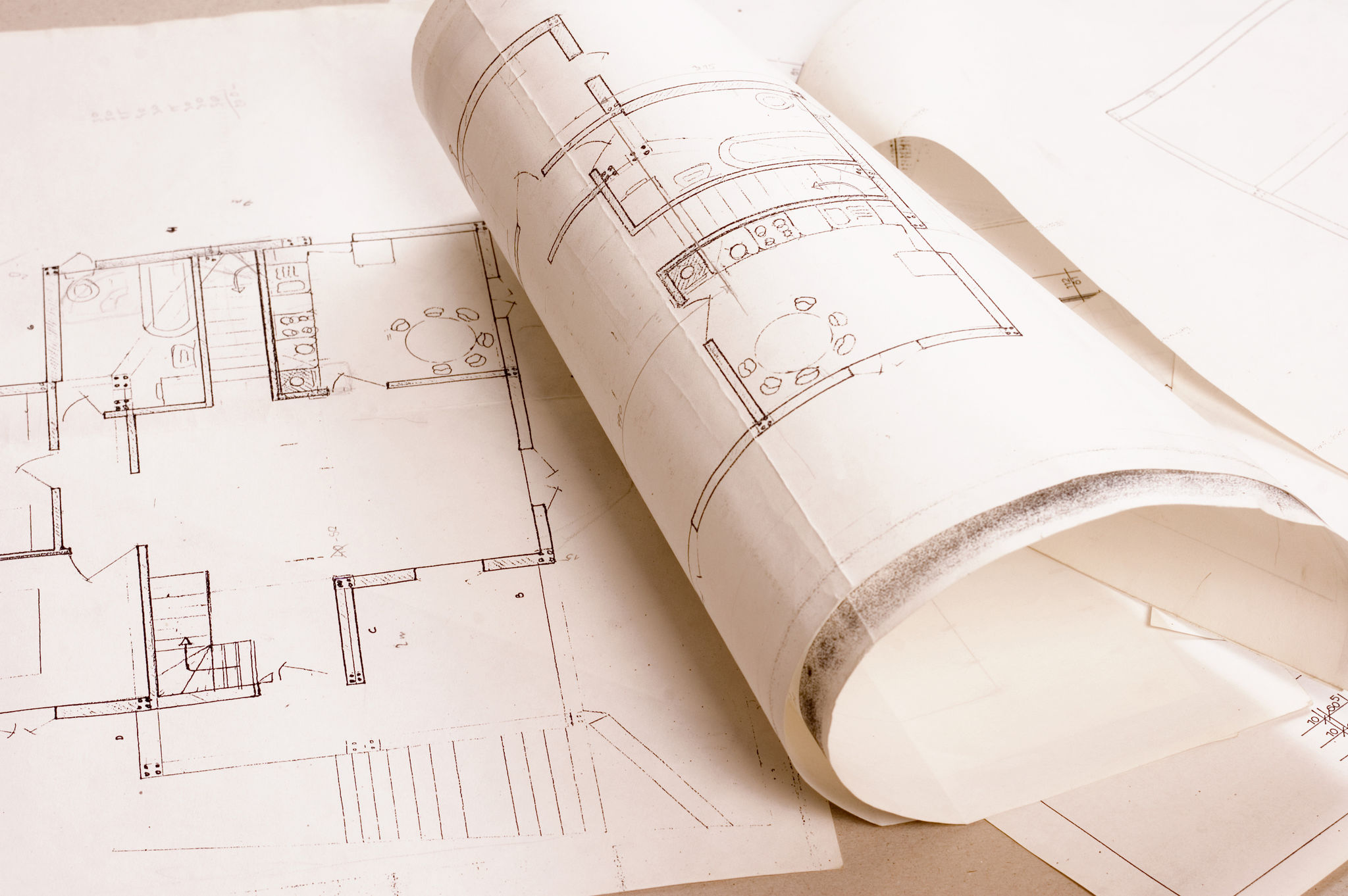Understanding Local Building Codes and Regulations for Your Renovation
Understanding Local Building Codes
When planning a home renovation, one of the most crucial steps is familiarizing yourself with local building codes and regulations. These guidelines ensure that your project is safe, compliant, and up to local standards. Ignoring them can lead to costly fines or the need to redo work, so it's essential to understand them thoroughly before starting your renovation.

Why Building Codes Matter
Building codes exist to protect the health, safety, and general welfare of building occupants. They set minimum standards for construction materials and practices, ensuring that structures are safe and reliable. By adhering to these codes, you can avoid potential hazards such as structural failures, fire risks, and other safety issues.
Additionally, local building codes can impact the design and execution of your renovation. They dictate aspects like the height of ceilings, the width of stairs, and the requirements for electrical systems. Being aware of these requirements helps you plan more effectively and avoid unexpected challenges.
Identifying Relevant Regulations
Building codes can vary significantly from one location to another. It's important to identify the specific regulations that apply to your area. Start by contacting your local building department or visiting their website. They can provide resources and guidance tailored to your specific region.

In some cases, you may also need to comply with additional regulations set by homeowner associations or historical societies, particularly if your property is located in a designated historical district. These bodies may have their own set of rules concerning exterior modifications or approved materials.
The Permitting Process
Acquiring the necessary permits is a key part of complying with local building codes. Permit requirements vary based on the scope and scale of your project. Common renovations that typically require permits include room additions, structural changes, plumbing updates, and major electrical work.
To obtain a permit, you'll need to submit detailed plans of your project to the local building department for approval. This process ensures that your renovation meets all relevant codes and standards. It's wise to factor in time for this approval process in your project timeline to avoid delays.

Working with Professionals
Hiring experienced professionals familiar with local building codes can be incredibly beneficial. Architects, contractors, and engineers often have extensive knowledge of these regulations and can help navigate the complexities involved. They can assist in designing compliant plans and ensuring all work meets required standards.
When selecting professionals for your project, verify their credentials and experience with similar projects in your area. This due diligence can prevent costly mistakes and ensure a smoother renovation process.
Keeping Up with Updates
Building codes are not static; they evolve over time to incorporate new safety standards and construction practices. Staying informed about updates or changes is important for maintaining compliance during future renovations. Regularly checking with local authorities or subscribing to industry newsletters can help you stay aware of any changes.
Understanding and adhering to local building codes is a vital part of planning any renovation project. By doing so, you ensure the safety, legality, and success of your renovation efforts.